The History Behind the Pay Us What You Owe Us Movement
The struggle for equal pay isn’t new, but modern activism has amplified its urgency. The Pay Us What You Owe Us Equal Pay Labor Rights Shirt emerged as a wearable manifesto, echoing decades of labor rights battles.




From Suffrage to Salary Gaps
The early 20th-century suffrage movement laid groundwork for gender equality, yet pay disparities persist. Women still earn $0.82 for every dollar men make, with even wider gaps for women of color. This shirt revives historic demands, merging past advocacy with contemporary calls for accountability.
Labor Unions and the Fight for Fair Compensation
Unions have long fought for wage transparency and collective bargaining. The shirt’s message aligns with union campaigns, emphasizing that unpaid labor and undervalued work harm economies. By wearing it, individuals honor union-led efforts while pushing for systemic change.
Global Perspectives on Wage Inequality
Countries like Iceland enforce equal pay laws, yet global enforcement remains inconsistent. The shirt’s slogan transcends borders, uniting underpaid workers worldwide. It challenges corporations to align profits with ethical labor practices.
How to Use the Pay Us What You Owe Us Equal Pay Labor Rights Shirt Effectively
This garment is a tool for activism. Here’s how to maximize its impact.
At Protests and Rallies
Visual solidarity matters. The shirt turns wearers into walking billboards for justice. Pair it with signs or chants to reinforce messaging. Example: During Equal Pay Day rallies, groups coordinate shirt colors for media visibility.
In the Workplace
Casual Fridays or meetings can subtly introduce the topic. Employers may face uncomfortable but necessary conversations. Tip: Combine it with data—e.g., sharing wage gap statistics during lunch breaks.
On Social Media
Photos of the shirt hashtagged
Influencers amplify reach by tagging policymakers or brands. Comparison: Unlike generic merch, this shirt ties fashion to actionable change.
Comparing the Pay Us What You Owe Us Shirt to Other Activist Apparel
Not all protest clothing carries equal weight. Let’s analyze its uniqueness.
Versus Slogan Tees Without Context
Many shirts lack historical or policy ties, fading as trends pass. This shirt’s specificity—linking to labor rights—ensures lasting relevance. Example: “Girl Boss” shirts empower vaguely; this shirt demands tangible reform.
Versus Corporate “Equality” Merch
Brands often commodify movements without addressing internal pay gaps. The shirt’s grassroots origins reject performative allyship. Advice: Support independent creators who align profits with advocacy.
Practical Advice for Supporting Equal Pay Beyond the Shirt
Wearing the Pay Us What You Owe Us Equal Pay Labor Rights Shirt is a start, but deeper action is needed.
Educate Yourself and Others
Research local wage laws and disparities in your industry. Host workshops using the shirt as a conversation starter. List:
- Share studies like the National Women’s Law Center reports.
- Follow organizations like Equal Pay Today.
Advocate for Policy Changes
Push for salary transparency laws in your workplace or community. Vote for leaders who prioritize labor rights. Insight: Policies like the Paycheck Fairness Act need public pressure to pass.
Support Ethical Brands
Buy from companies audited for pay equity. Boycott those with exploitative labor practices. Comparison: Fast fashion vs. fair-trade apparel—choose supply chains that practice what your shirt preaches.
Conclusion
The Pay Us What You Owe Us Equal Pay Labor Rights Shirt embodies resilience and demands action. From its roots in labor history to its role in modern activism, it bridges awareness and accountability. By wearing it strategically, educating others, and advocating for systemic change, we move closer to a world where equal pay isn’t a slogan but a reality. `
Be the first to review “Pay Us What You Owe Us Equal Pay Labor Rights Shirt” Cancel reply
Related products
New Arrivals
New Arrivals
New Arrivals
New Arrivals
New Arrivals
New Arrivals
New Arrivals

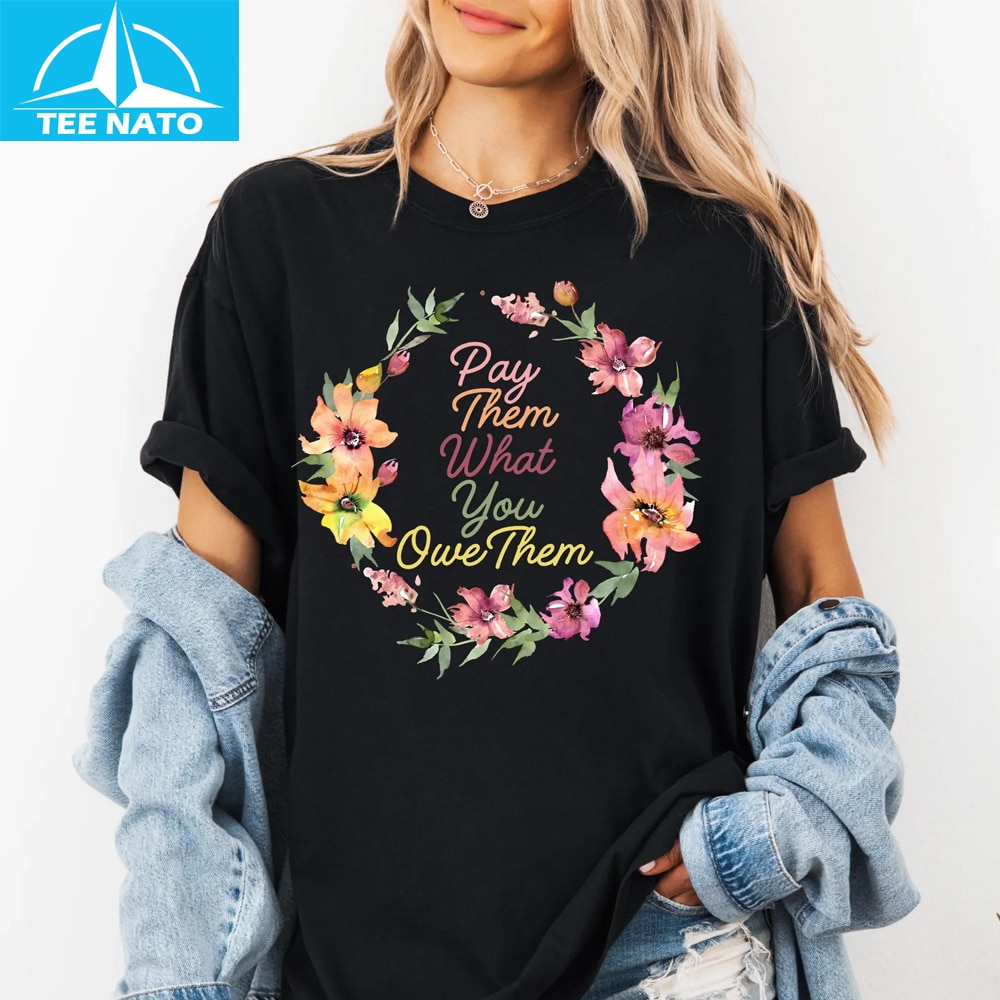
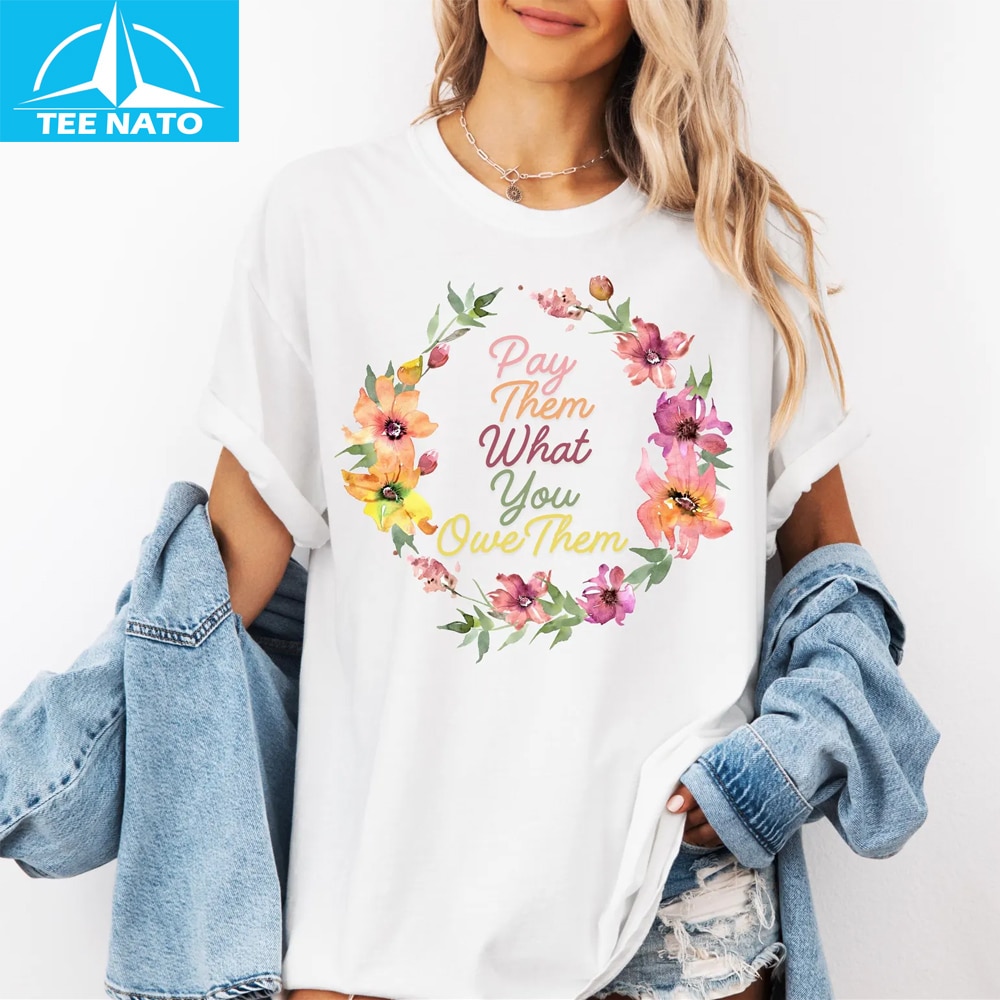
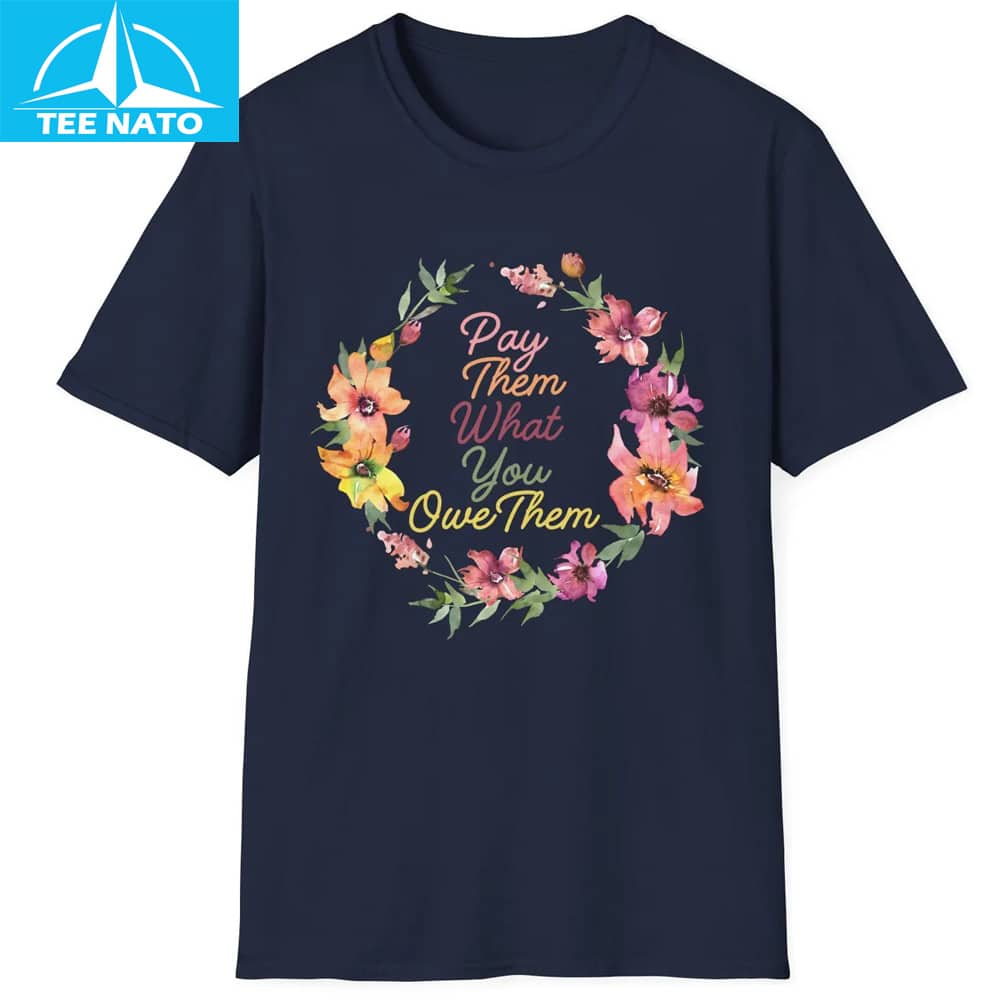
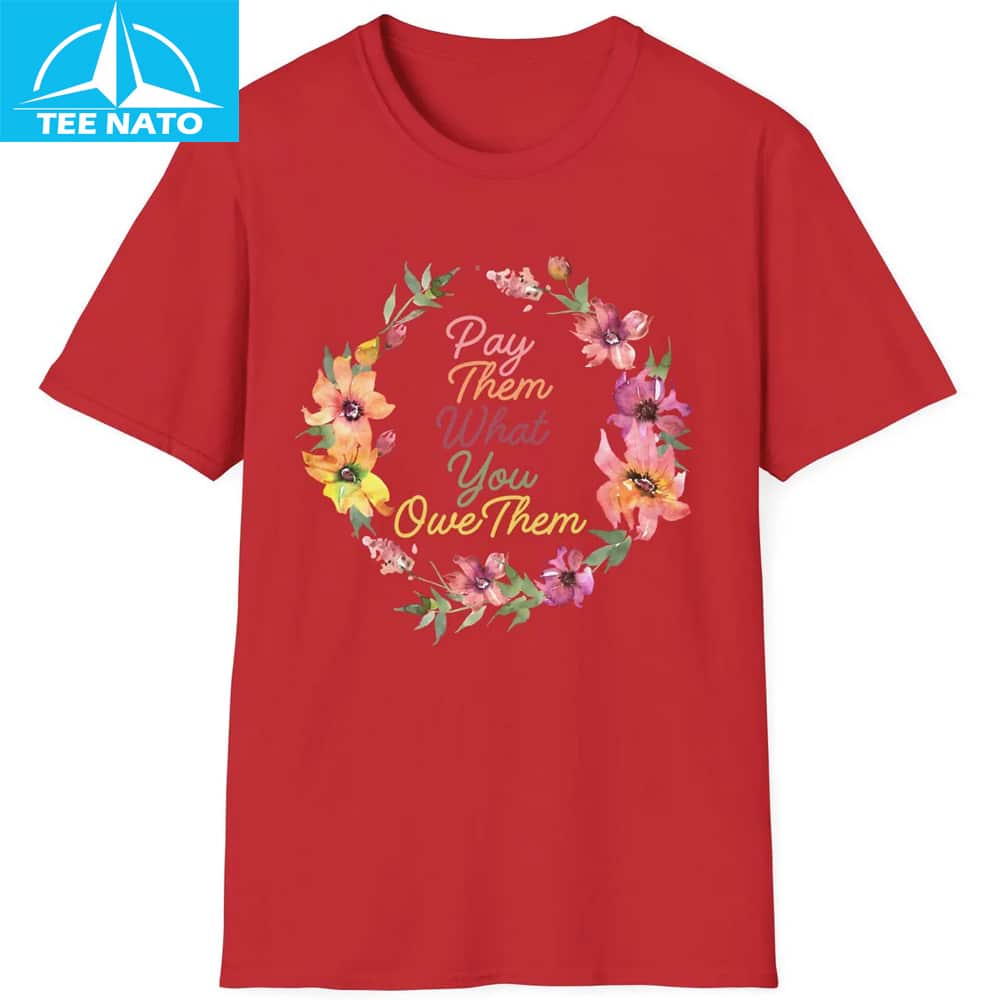
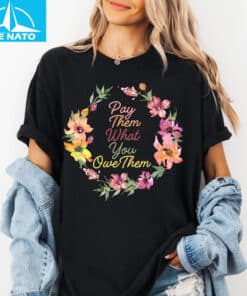
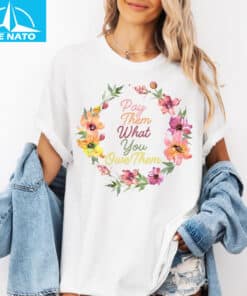

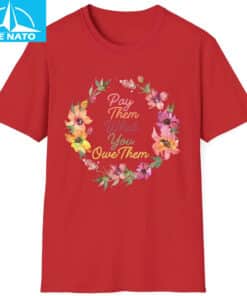


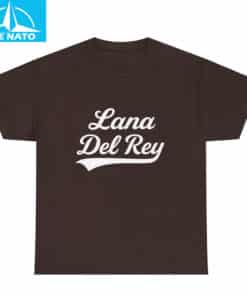
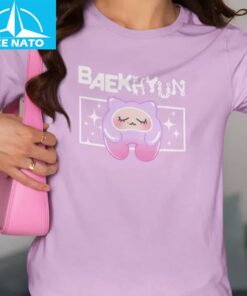
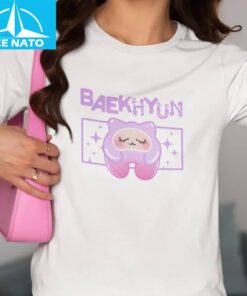
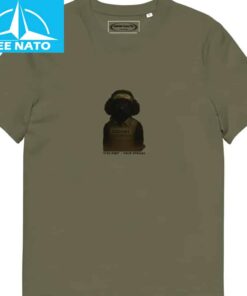
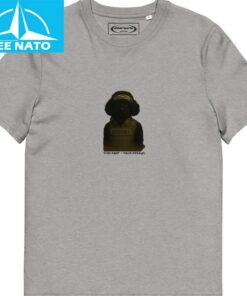

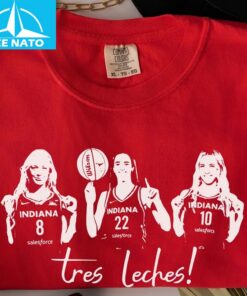
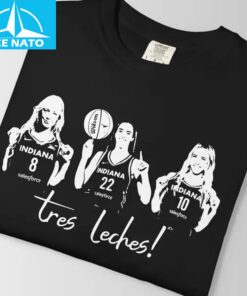
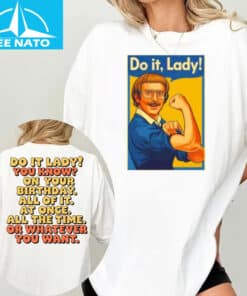
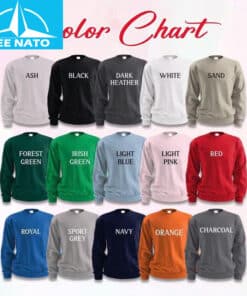

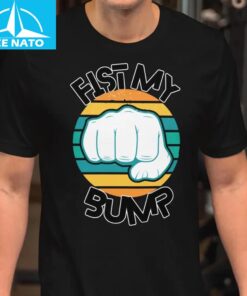
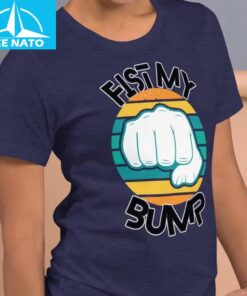









Reviews
There are no reviews yet.